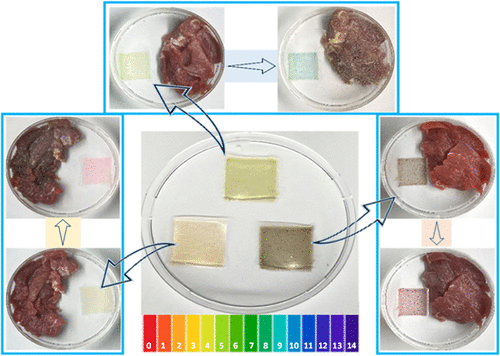Clarkson University Researchers Develop Eco-Friendly Sensors to Reduce Food Waste
A team of researchers at Clarkson University has created a new kind of smart sensor that could help people waste less food while protecting the environment.

The sensors, made from biodegradable materials, can be built directly into food packaging to show when food is starting to spoil. As meat or fish releases certain gases while going bad, the sensor changes color to warn shoppers, stores and distributors.
Using 3D printing, the team designed a process that is low-cost, scalable and adaptable to many types of packaging. By choosing natural materials such as alginate, gelatin and nanocellulose, the sensors and packaging are fully biodegradable. That means they not only help reduce food waste but also cut down on plastic waste.
The project, led by Silvana Andreescu, Egon Matijevic Endowed Chair of Chemistry, along with graduate student Oluwatosin Popoola, was recently featured in a special American Chemical Society (ACS) publication showcase. The showcase highlights research that supports the United Nations’ Sustainable Development Goals (SDGs). Others who contributed to the project include Abraham Finny, PhD. and Ivy Dong, an undergraduate student.
“Food waste is a major challenge worldwide, and packaging that can tell us when food is no longer fresh could help reduce that problem,” Andreescu said.
The technology could benefit families, grocery stores and the food industry by keeping track of freshness during storage and transport. This innovation has the potential to make food systems more sustainable, reduce costs and help protect the planet.
The full study was published in ACS Applied Materials & Interfaces.
